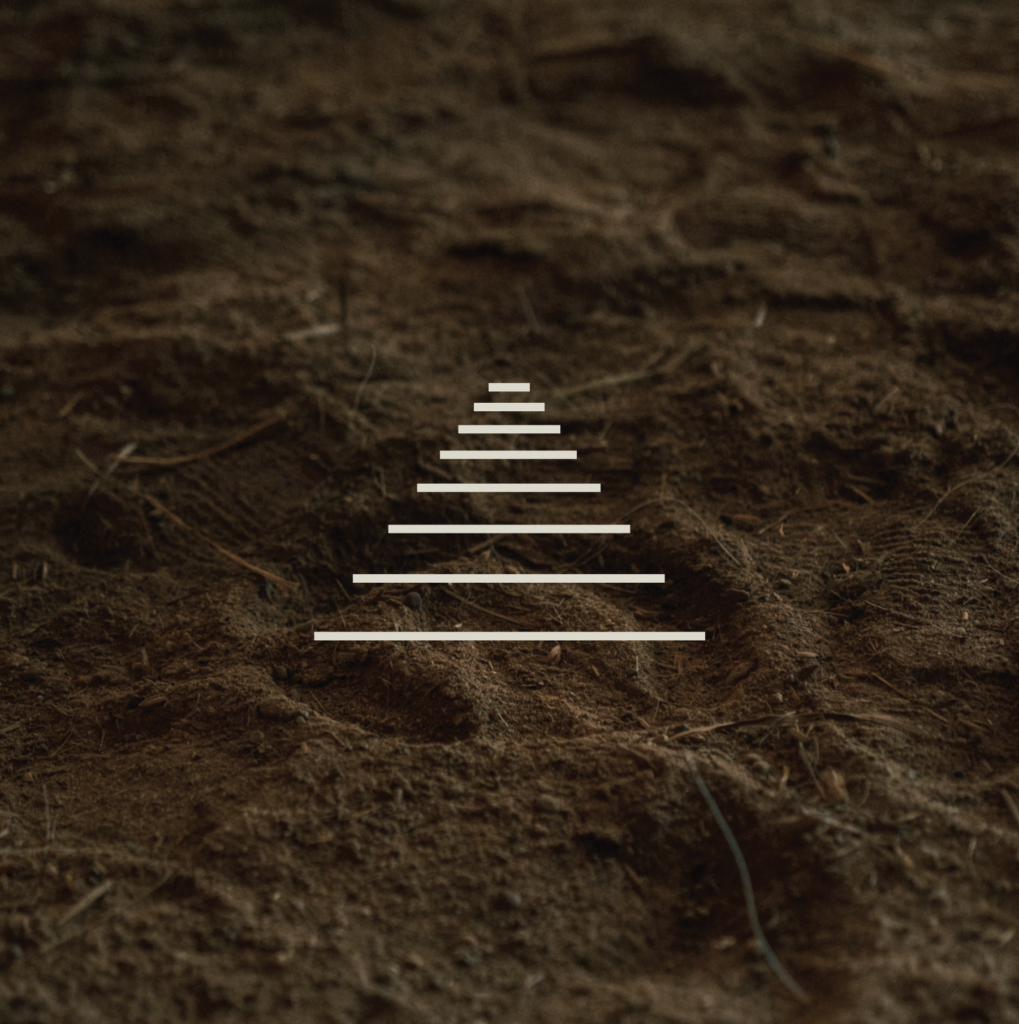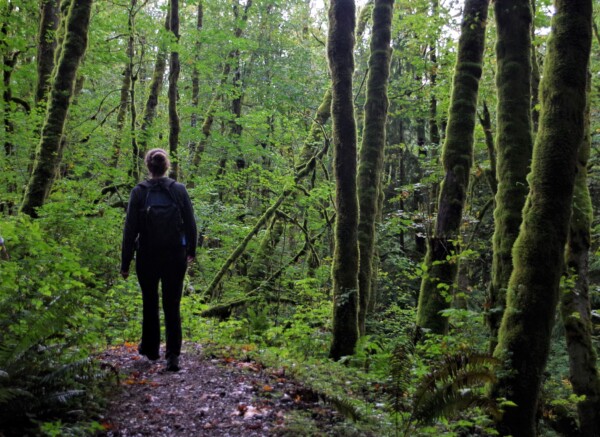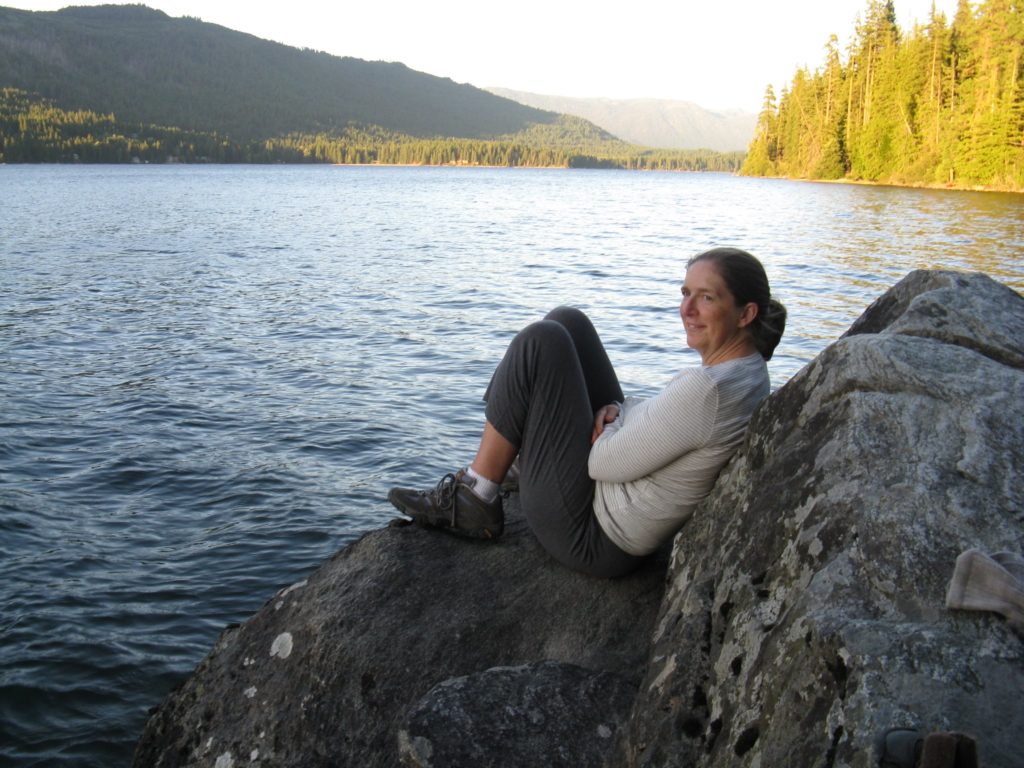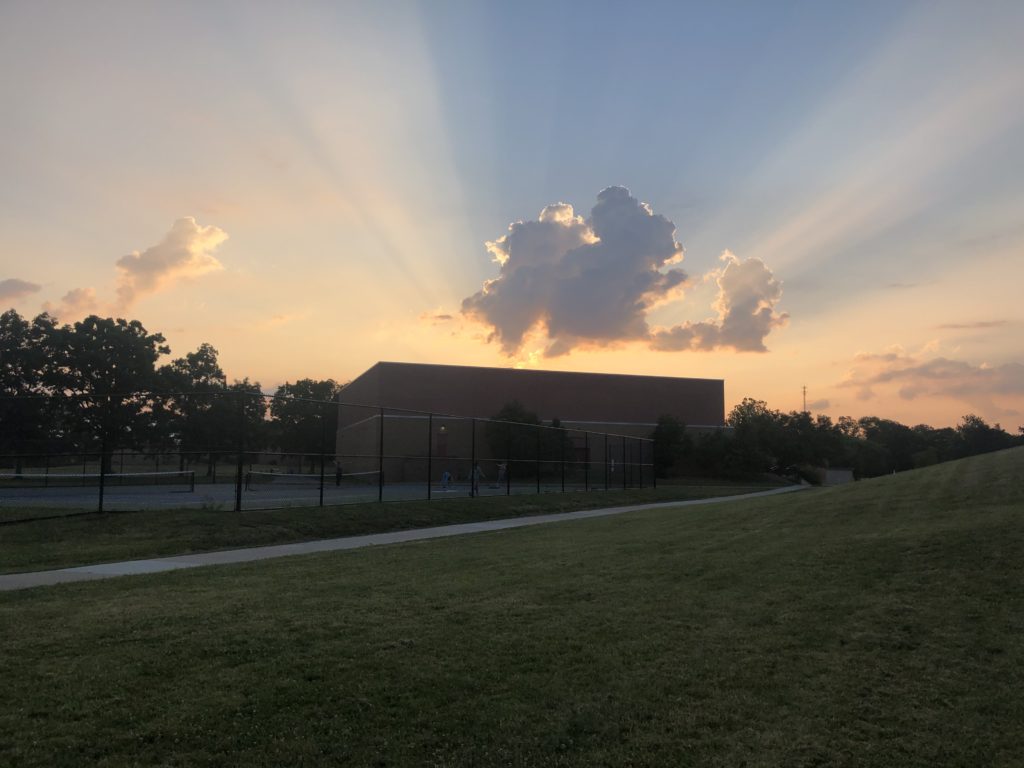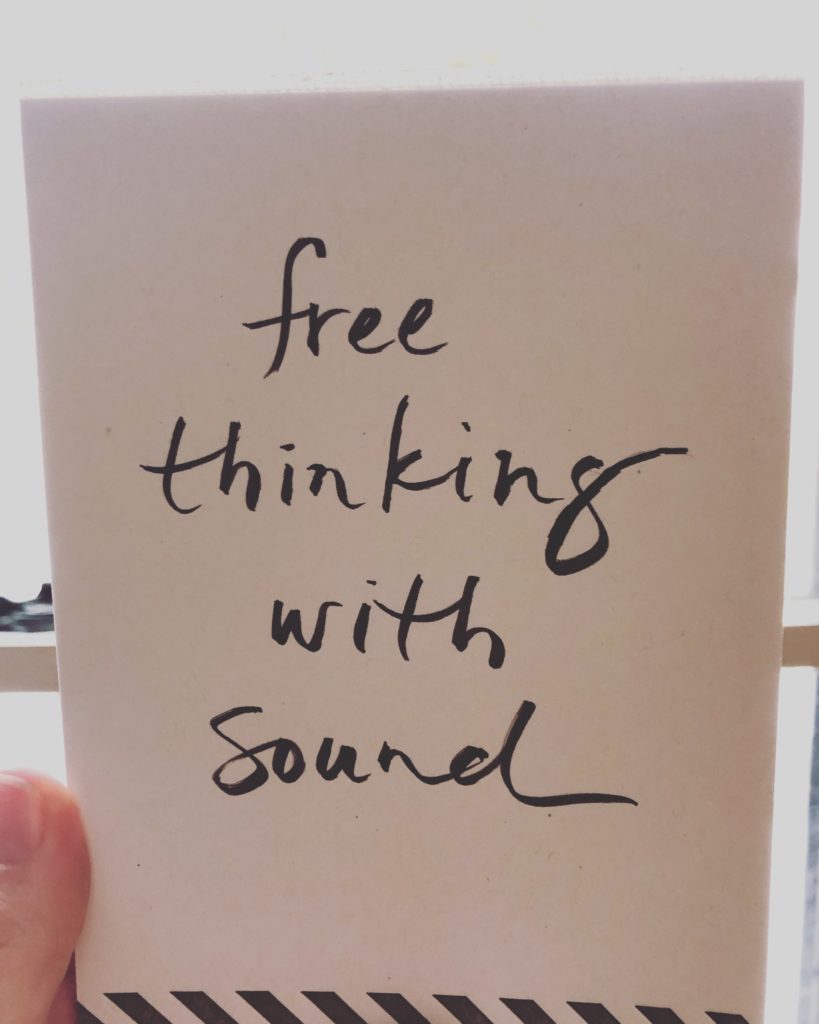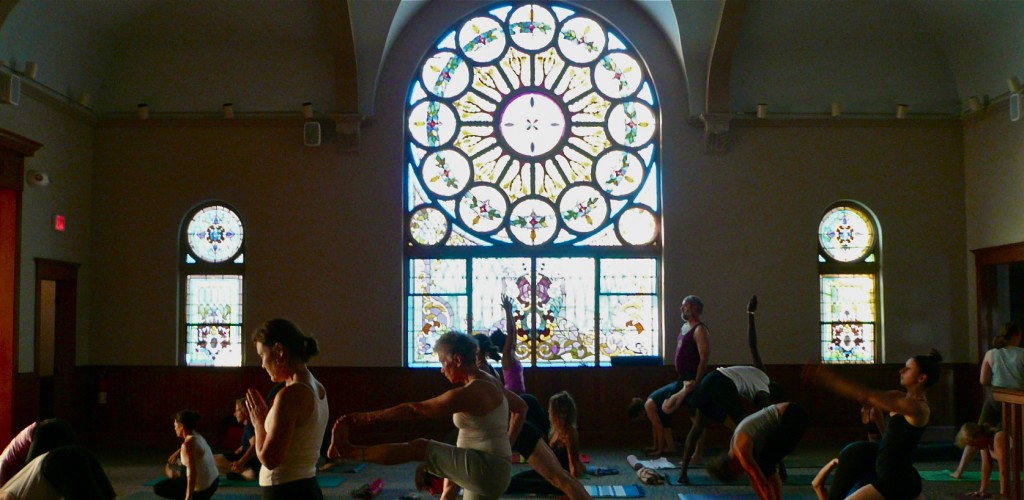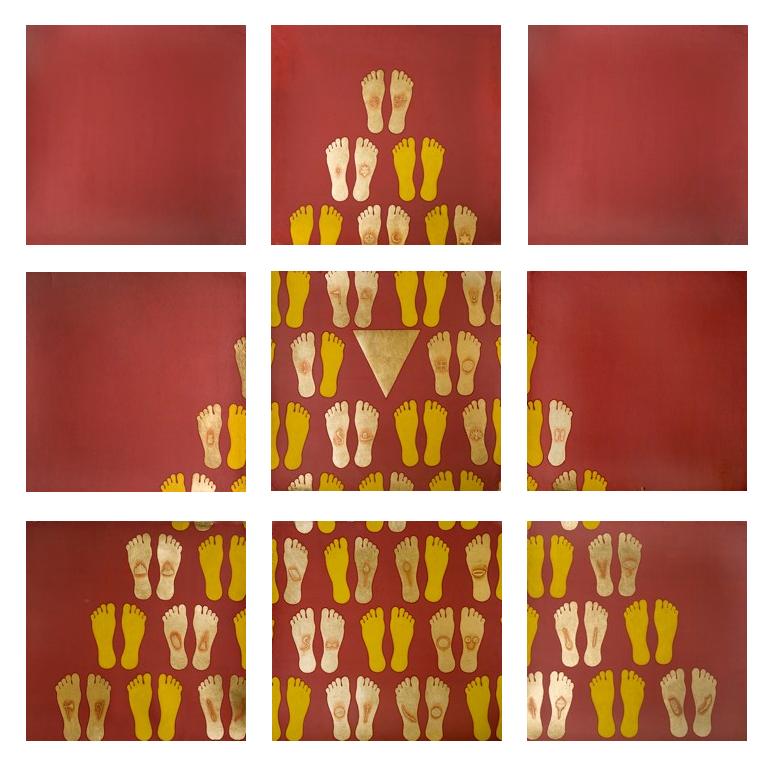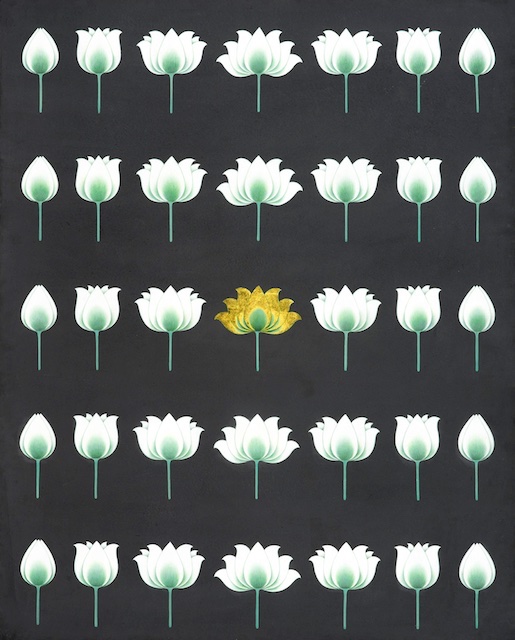
                  Prana. By Olivia Fraser. 2015.
Some thoughts here about freedom. Freedom from inner hangups, and freedom to do what we really mean to do in the world. For me, this has to do with asking hard questions of myself. Questions that put me in vulnerable positions.
Here are two of my questions for the first two limbs of yoga. Am I really working out my code of honor through study and reflection? Am I honestly living my principles?
Yoga’s not a super self-control trip. Moreover, I sense that the minute we start talking honor codes, we have to check for projection, self-congratulation and any drives to go out and fix the world. This is a disciplined path, and the more strength we bring to that, the greater the danger of losing the elements of not-doing, emptiness and playful curiosity. With these caveats, I submit that it is pretty well badass to live by your own code. Not a chiseled set of commandments, but a stable awareness that evolves over the years through experience and reflection.
Floating vinyasas and massive backbends are byproducts of a long term asana fascination. Its a weird hobby, and one I fully espouse. But that stuff is not necessarily shamanic, not Jedi, not Sam Spade. Integrity and self-trust that hold up under pressure… that is a quality of my heroes. It seems to be born of the long-term practice of a personal code under conditions of adversity. Among other lists of useful virtues, the first two limbs of yoga – the ten principles they comprise – are really good source material for practice on this level. They focus everything down.
The first principle of the path is nonharming. Big topic.
The second principle of the path is truthfulness. Satya. This has a internal and external expressions. Internally, it is seeking and telling the truth within oneself. I think this is tremendously hard for most of us humans. We tend to block out or explain away critical feedback. Often we tell ourselves that facing our hardest truths will compromise our identities, that there are certain truths that just must stay hidden.
External truthfulness is maybe a little easier. One very simple definition is speaking and acting consistently.
I have found that an excellent way in to this ideal of satya is to get the words and the actions lined up.
Imagine having no daylight between what you say you will do, and what you do.
Words are cheap. But they do not have to be. It is possible to turn your words from dross into gold. To alchemize your word.
I botch my alchemy regularly. Learning from this is practice; berating myself for it is a drag. To the degree I do have my words and actions lined up on the level of action, others find me to be worthy of trust. Because there is a difference between having trust-worthy intentions, and being trust worthy. There are people who “mean well.†And then there are those who demonstrably have it together.
The primary trust relationship satya creates is with yourself. If you say you’re going to do something – not smoke the cigarette, finish the project on time, show up for practice – and you know yourself to have satya, then there’s not an option of waffling. You’d sooner choose to keep your code clean than do the eazy thing.
So, if there’s surface resistance to something that on a deeper level you want to do, be alchemized in your word. Say what you will do. So let it be done.
THIS IS NOT A PURITAN MORALITY THING. THERE IS NO COSMIC ENTITY WATCHING FROM ABOVEÂ WITH A PITCHFORK AND RETRIBUTION.
Satya is practical. It’s a yama you can use. It is a tool for organizing energy.
…………..
Here is how this works at the shala.
First, you know that I have an eye out for students with a baseline level of words/actions correspondence. Again, this is not a western-puritanical thing. It’s that from a leadership standpoint, I want to be maximally useful. And it’s inefficient to work with individuals who lack follow-through.
Second, on an collective level, I have to keep this ship sailing right. People whose intentions are chaotic do not contribute to an environment of clarity. It’s so easy when “See you tomorrow†means, unequivocally, see you tomorrow. “I will manage my account religiously†means AJ does not need to spend time wondering if you’re good for it. Intention is a precious resource, and one I am not inclined to waste.
This is a lean operation. We recycle vritti back into the practice instead of following it aimlessly all over town.
Third and most exciting, people who do what they say they will do tend to have strong minds. Yoga is hazardous in a weak mind. It can become an addictive high; it can become degradingly hierarchical; it can lead to magical thinking; it can get culty. Teachers who are worshipped can lose their ethics, because for lots of humans, power does corrupt. We can all get in to chronic spiritual bypassing, hiding real personalities behind love and light. For these reasons, and because a strong spirit is a beautiful thing, I have an eye open for the alchemized.
Fourth, we all come to value relationships around the practice. Without being precious or sticky about it, we experience this transformative respect and devotion that is the energy signature of this yoga. I feel clearly that each of us in our own way wants to protect that, nourish it. Even when we have difficulty matching intentions and actions elsewhere in daily life (I have wrestled with this powerfully at times), we take care not to debase the student-teacher relationship. None of us wants to be the kind of person who would ever deceive our teacher, or our student. So to degree we value relationships around practice, they’re an awesome container for learning alchemy.
…………..
More reasons to alchemize your word:
– It opens your world. If your word is gold, people who are great and real in relationship sense that and arrive in your life. Excellent experiences that require a steady mind – these also show up. In this sense, SHOW UP is a noun. You offer it to the world, and eventually it is also given to you.
– It blesses your world. Modern life can be distracted, flighty, indecisive. Vata-deranged. Just knowing a person who is solid gold – knowing they exist – sometimes this can give a person hope when they are feeling lost, or doubting the good of humanity.
– Over time, alchemizing your word gives a lot of power. Every time you see yourself doing what you said you would do, you gather a little bit more energy to your being. This is a kind of siddhi, and probably all the caveats about ego going crazy on it apply. But, yoga does involve building up the energy stores within the system. Thought by thought, and action by action.
– Alchemizing your word sets the stage for emotional transparency, a subtler form of satya. Pretending to feel things that we do not, or pushing down feelings, is a form of inner division. Many of us are taught to do this from very early in life. But having a long-term practice can set the stage for unusual levels of authenticity. Imagine not being divided into multiple people inside, but instead just being one whole person all of the time. This too is energy efficiency.
– Alchemy turns words themselves into a resource. Language is a gift. Using it deliberately is a way of recognizing and giving energy to what we already have.
Here is where this idea of alchemy is headed:Â Study of yourself. Radical acceptance of what is. These are the last two of the ten principles in the honor code. Satya clarifies them and all the others.
You will start navigating this stuff faster than I did. I guess it’s right to say something on my slow learning. To my later (yet still forgivable) embarrassment, I practiced asana first thing in the morning daily for maybe four years before I  began to be able to look at my patterning with non-defensive curiosity. Although I had very strong concentration from early on, I lacked reflective space within consciousness to see my thoughts, words or actions as objects. For practical purposes, I had no direct idea what svadhyaya might be. Maybe in 20 years I’ll look back on myself now and say the same thing.
Perhaps my initial lack of working knowledge with self-study was partly due to lack of modeling. It took a while before I got to be around senior teachers. These were the people who showed me what it looked like to speak, and to take bold action, from a place of big awareness. They gave me a feeling for their own inner spaciousness, fallibility, curiosity, humor, courage and self-forgiveness. Practice, especially taking the constant risk of bold action in the world, had left these marks on them.
I am finding that living by principles gets more fascinating as the field of practice opens. There is a lot of freedom available within a peaceful, gentle relationship to structure. Gradually I’m becoming less afraid of who I am, and less likely to hide out in pre-scripted identities or rules. The alchemy thing is getting easier, which makes me gradually more dependable in character, and more efficient in energy.
On the best days, my actions are centered around study of, playfulness within, and care for, consciousness. Clarity, happiness, service. For me personally, this happens when I am stabilized in truthfulness of word and deed.
